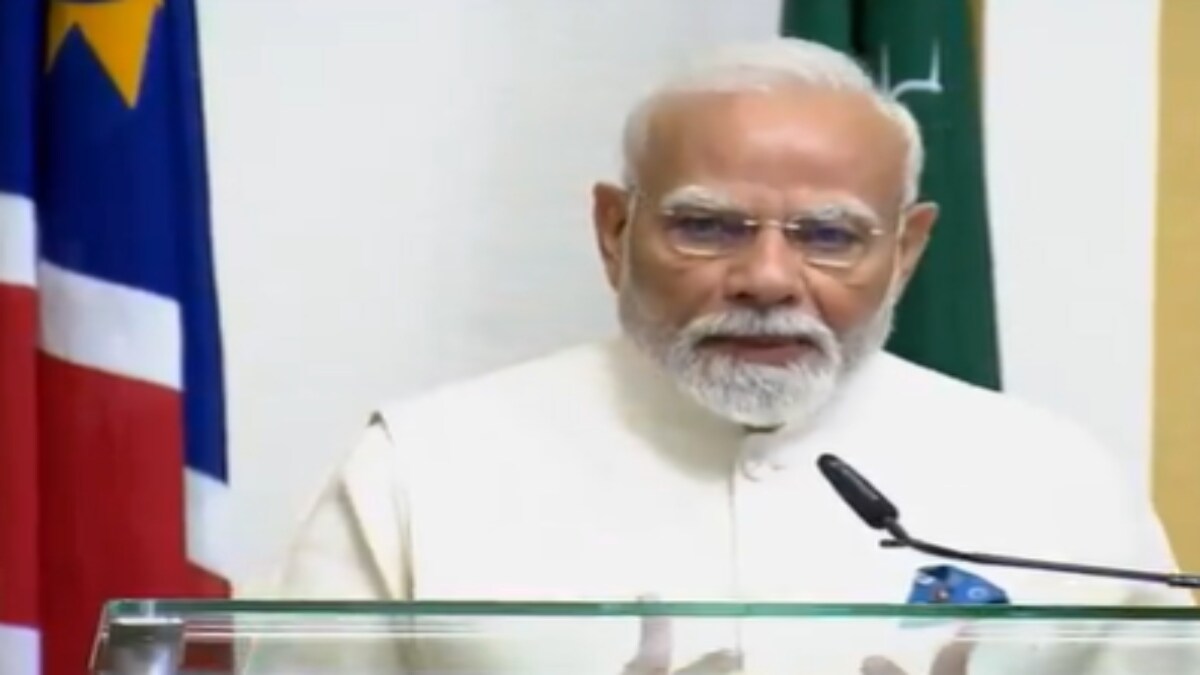

In a recent parliamentary address, Prime Minister Narendra Modi criticized past Congress-led governments for ceding Indian territory to Pakistan, specifically mentioning Haji Pir Pass, Chhad Bet, and the Neelum Valley. These regions have been focal points of contention between India and Pakistan since the partition of British India in 1947, which resulted in the creation of a Muslim-majority Pakistan and a Hindu-majority India.
Haji Pir Pass
The Haji Pir Pass, situated in the Pir Panjal Range, holds significant strategic importance. Located at an altitude of 2,637 meters (8,652 feet), it connects Poonch in Jammu and Kashmir to Rawalakot in Pakistan-occupied Kashmir (PoK). Before the partition, this pass served as a vital route connecting Jammu to the Kashmir Valley.
During the Indo-Pakistani War of 1965, the Indian Army captured the Haji Pir Pass between August 26 and 28. However, the pass was returned to Pakistan as part of the Tashkent Agreement in 1966, a move that has been widely criticized. Critics argue that retaining the pass would have significantly curtailed Pakistani infiltration into India and improved India's military logistics. The pass provides Pakistan with the ability to monitor the Kashmir Valley and serves as a key route for military logistics and infiltration. Control of the pass would shorten the distance between Poonch and Uri from 282 km to 56 km, enhancing India's military deployment capabilities.
Chhad Bet
Chhad Bet is a locality in the Thar Parkar District of Sindh, Pakistan. The Rann of Kutch, where Chhad Bet is located, is a large area of salt marshes that spans the border between India and Pakistan. From 1947 to 1956, Pakistan administered and controlled the disputed territory, maintaining a police post in Chhad Bet. In 1956, India dislodged Pakistan from Chhad Bet.
Tensions in the Rann of Kutch escalated in April 1965, leading to Operation Desert Hawk, a military operation planned and executed by the Pakistan Army. A ceasefire was proposed by the British Prime Minister Harold Wilson on April 28, and both countries signed an agreement to settle the border dispute through international arbitration. The Indo-Pakistan Western Boundary Case Tribunal resolved the dispute in 1968, awarding Pakistan 301-320 square miles (780-828 km2) of Kutch.
Neelum Valley
The Neelum Valley, also known as the Kishanganga Valley, is a district in Pakistan-administered Azad Kashmir. It is the northernmost and largest district of Azad Kashmir, with a population of approximately 191,233 people as of the 2017 census. The valley extends for about 200 kilometers along the Neelum River. The Neelum Valley was known before the partition as Kishanganga and was subsequently renamed for the village of Neelam. The Neelum Valley has been affected by the 2005 Kashmir earthquake and also faces challenges such as poor medical infrastructure and deforestation. The local government is focusing on improving communication, health, and education in the region.
Historical Context and Current Tensions
The conflict between India and Pakistan has its roots in the partition of British India in 1947. The Radcliffe Line, which demarcated the boundary between India and Pakistan, left many ethnic and religious communities divided, leading to unresolved territorial claims, particularly over Kashmir. Since then, the two countries have engaged in multiple wars, conflicts, and military standoffs. The ongoing dispute over Kashmir and cross-border terrorism remain the predominant causes of conflict between the two states.
In recent years, there have been frequent border skirmishes and military standoffs between India and Pakistan. In 2025, a brief armed conflict occurred after India launched missile strikes on Pakistan in response to a terror attack in Indian-administered Kashmir. These events underscore the continuing tensions and the complex history of territorial disputes between the two nations.